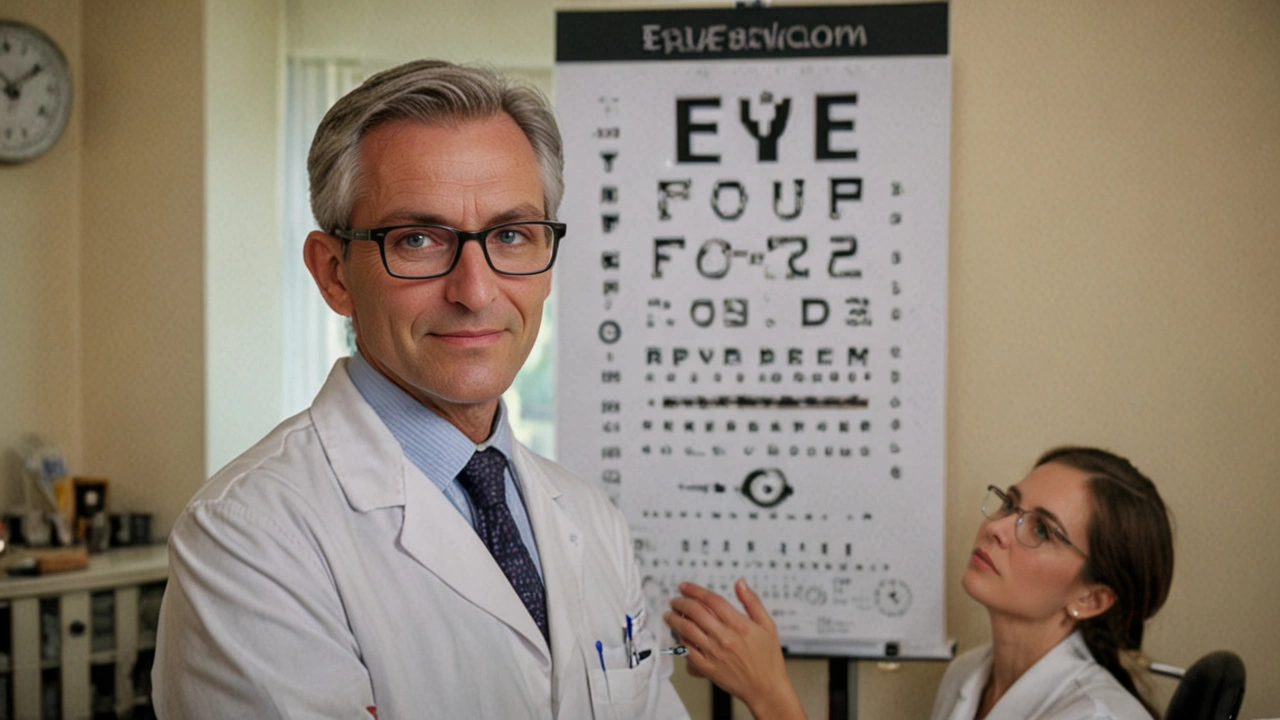Eye Exams: What to Expect and How to Prepare
Think you only need an eye exam when your vision blurs? Not true. Eye exams catch problems early, protect sight, and spot health issues before they get worse. They’re quick, useful, and worth making time for.
What a typical eye exam checks
Most exams include a few simple steps. First, a visual acuity test checks how well you see at distance and up close using letters or symbols. Then the doctor might use a refraction test to figure out if you need glasses or a new prescription. A slit-lamp exam looks at the front of your eye for things like dry eye, cataracts, or inflammation. Eye pressure is measured to screen for glaucoma. Finally, pupils may be dilated so the doctor can inspect the retina and optic nerve at the back of the eye.
None of these tests is painful. Dilation can blur close vision and make lights feel bright for a few hours. Bring sunglasses and plan not to drive yourself if you expect dilation.
How often should you get an eye exam?
General guidance is practical: adults 18–60 should have an exam every 1–2 years. If you’re over 60, have diabetes, a family history of eye disease, or symptoms like sudden vision changes, get checked every year or as your eye doctor advises. Kids and teens need different schedules—ask their pediatrician or eye doctor for the right timing.
If you wear contacts, follow-up visits are required to check fit and eye health. Contacts can cause irritation or infections that are easy to miss without an exam.
Here’s what to bring to your appointment: your current glasses or contacts, a list of all medications (prescription, over-the-counter, and supplements), your insurance or payment method, and any notes about symptoms like flashes, floaters, headaches, or double vision.
Medications matter. Some drugs dry out the eyes (antihistamines, certain antidepressants), steroids can raise eye pressure in some people, and long-term use of certain drugs—like hydroxychloroquine—requires periodic retinal checks. Tell your eye doctor and pharmacist about every medicine you take so they can watch for side effects that affect vision.
Worried about cost or where to go? Many local optometrists, ophthalmologists, and community clinics offer affordable exams. Your pharmacist can often point you to nearby providers and advise whether a problem needs urgent attention.
Quick checklist before you go: pack your glasses and meds list, avoid wearing contact lenses if asked, bring sunglasses, and expect to spend an hour if dilation is needed. Simple steps like these make the visit smooth and far more useful.
Eye exams protect more than vision—they catch diabetes changes, high blood pressure signs, and eye side effects from meds. Book one if it’s been a while. If you have medication questions that could affect your eyes, talk to your pharmacist before the appointment.

